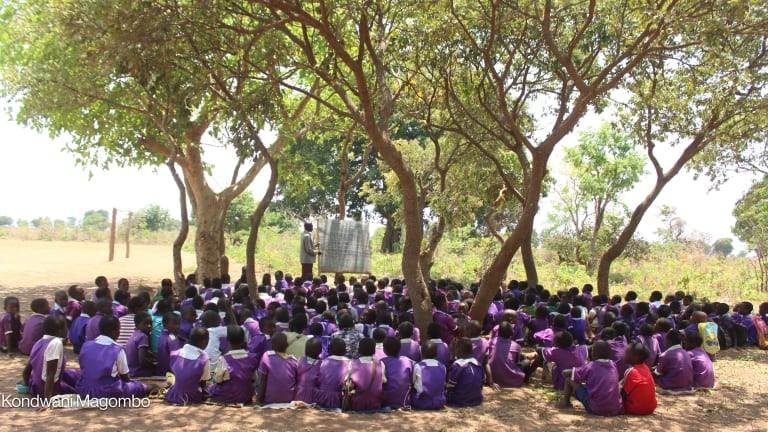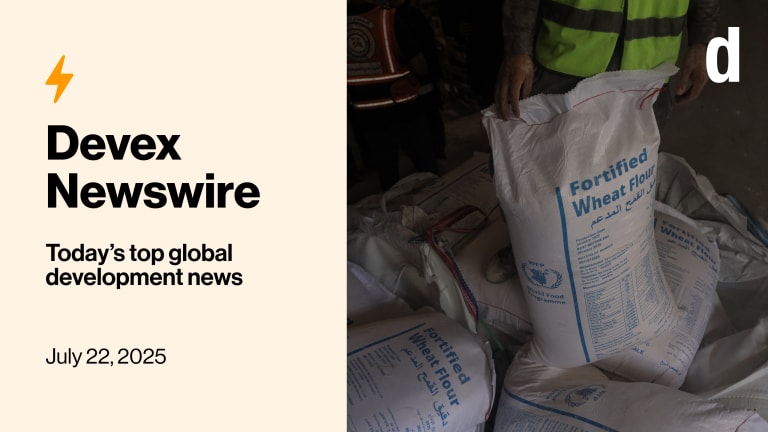As Australia’s development community gathered in Canberra to discuss the fallout of budget night, the theme was one of confusion.
Why is aid cut to rein in spending while government spending remains high? Where is the government’s narrative on foreign aid? Why do the cuts seem to be out of sync with the foreign aid policy? And why is there such a lack of transparency?
Tuesday night’s budget appeared to produce more questions than answers at the 2015 aid budget breakfast hosted by the Development Policy Center, which Devex attended.
Printing articles to share with others is a breach of our terms and conditions and copyright policy. Please use the sharing options on the left side of the article. Devex Pro members may share up to 10 articles per month using the Pro share tool ( ).








